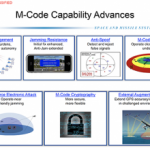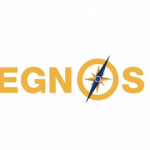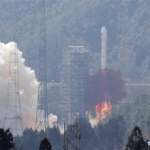FCC Authorizes New Iridium Terminals, Dismisses GPS Concerns
The Federal Communications Commission (FCC) has declined to take action on concerns expressed by the GPS community, approving an Iridium request to modify its earth station licenses to take advantage of the advanced capabilities of its second-generation constellation.
By Dee Ann Divis












